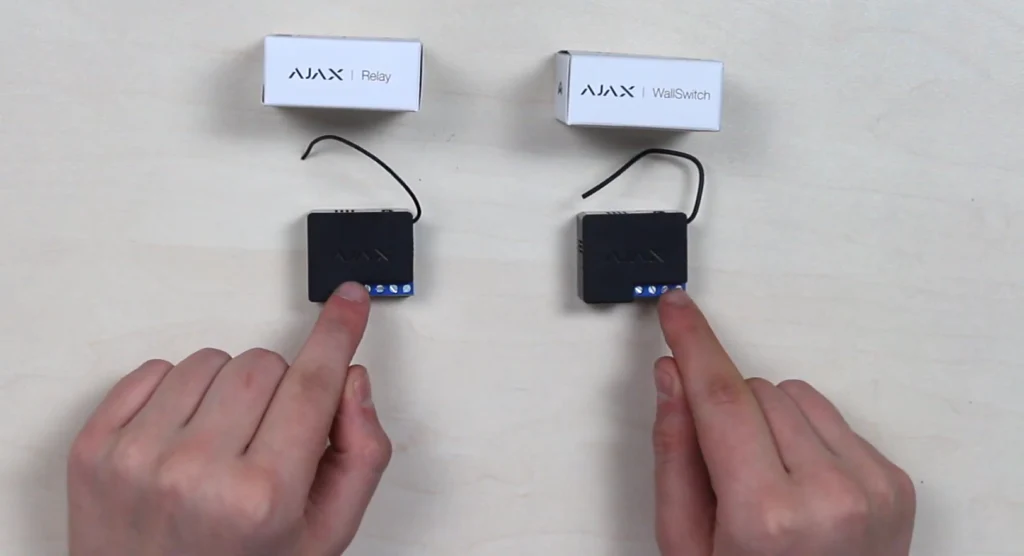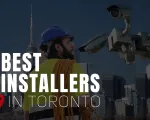Ajax Relay and Ajax Wall Switch: what’s the difference? We’re going to review these, disclose what they are intended for, and give you the most frequently repeated use scenarios. Anyways, all that listed answers a question: What are the Ajax Relay and WallSwitch? and How do I use them?
Specification & Intend
Relay and WallSwitch come from the automation segment along with the Ajax Socket. Regarding the Relay and WallSwitch – basically, these are an appliance remotes on and off, but they do that a bit differently. The whole thing here is about adding a Relay or WallSwitch to an electrical circuit, where you have some external power source, which can be a power supply unit or a socket, and you need a device itself, like a wired security camera. Or something more down to earth – a TV, refrigerator, computer, gaming console and et cetera. After adding a Relay or a WallSwitch to a chain, you’re are able to switch a connected devices on and off remotely via the in-app toggle. And that’s the whole point – a remote easy to use from a phone on and off switch.
Ajax Relay & Ajax WallSwitch: Differences
The real difference between a WallSwitch and a Relay lies in 2 factors: the supported voltage, and a position in chain, the application place. Ajax Dry Contact Relay supports an appliances that operate under 7 to 36 volts DC and it has 2 operating modes – the bi-stable, a regular one, and a pulse one. The peculiarity of a pulse mode is that it’s able to send the short-term pulses for things like electromagnetic locks. The Ajax WallSwitch supports devices, powered from a 110 to 230V AC. That was the first point, and the second is the appliance place. Thus, an Ajax WallSwitch is being installed behind a wall outlet and thus it is able to affect that wall outlet work remotely, that you can access from the app. That is different for the Ajax Relay – according to this scheme, Ajax Relay is being put in the chain between a power source and the appliance, but the main principle is the same:
In the end we have that a WallSwitch is connected directly, placed behind your wall outlet, and is able to take and give from a 110 to 230V AC – thus you can remotely switch on and off your entire wall outlet. In the case with a Relay, we take a power supply unit from 7 to 36V DC getting a device that powers on from that voltage and putting an Ajax Relay between them in a circuit.
Connection and Demonstration
Conclusion
Ajax Relay and Ajax WallSwitch are the devices from an automation segment with a one and only intention – to let you turn on/off your connected appliances remotely from the phone app. But they do that a bit differently, and the difference lies in the supported voltage and the application place. That’s all about Ajax Systems – it’s the wireless system with the remote control, so these Relay and WallSwitch fit perfectly in this concept.

















